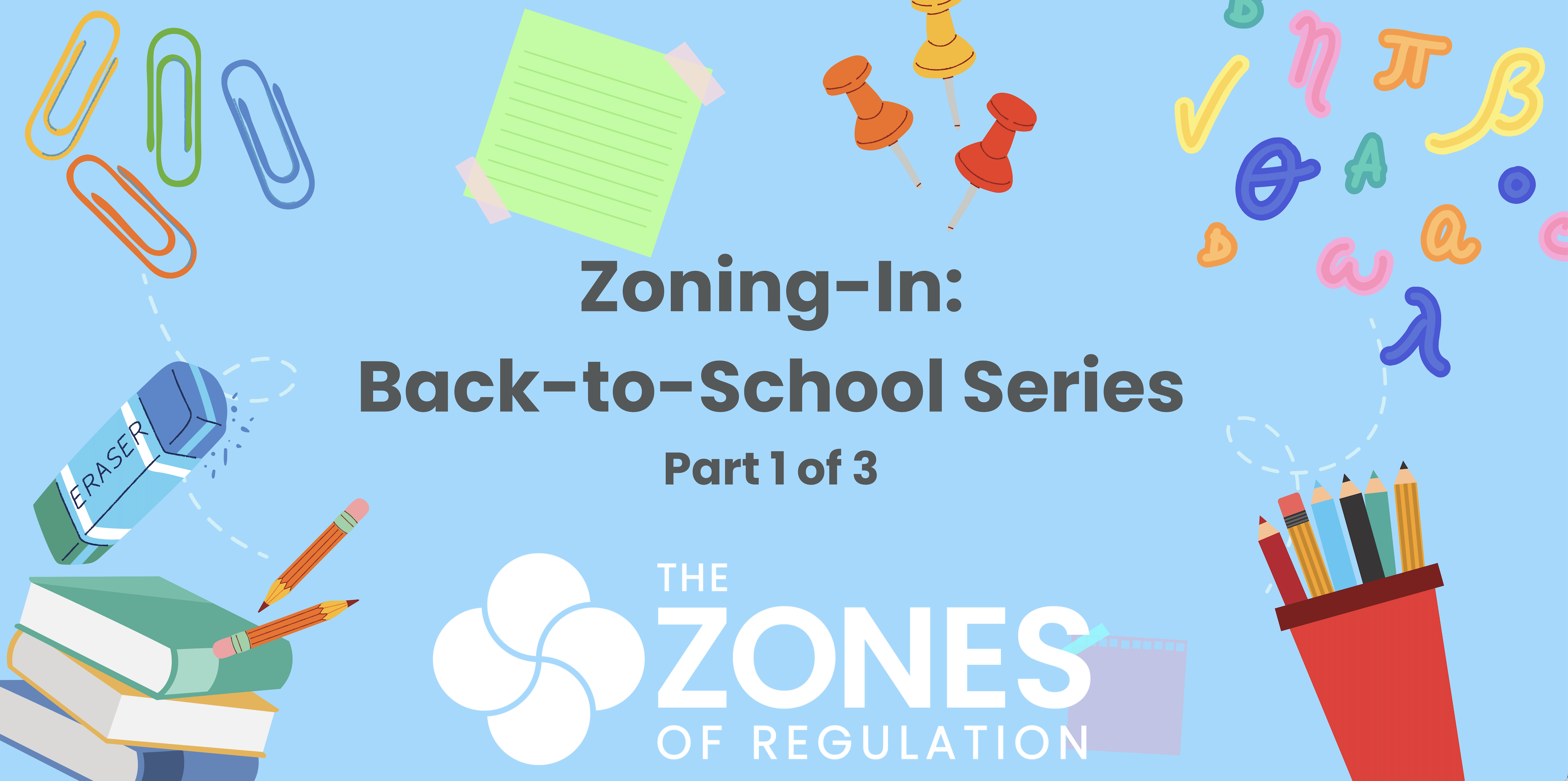Research shows that a strong connection between teachers and students creates a positive and supportive learning environment. Establishing this type of bond at the beginning of the school year sets the stage for a sense of belonging and emotional regulation for the rest of the year.
Numerous studies bring to light the impact of positive teacher-student relationships on students’ academic achievements and their overall motivation. Outcomes show that students who feel connected to their teachers have higher levels of engagement, improved classroom behavior, and self-confidence. When these relationships are solid, they contribute to emotional regulation and a successful school climate.
Here are five practical suggestions to inspire educators to begin the school year with the aim of emotional well-being.
1. Your Students’ Perspectives Matter: Taking time to understand and consider your students’ experiences, culture, beliefs, perspectives and backgrounds is critical for cultural competence and trauma-informed teaching. Building awareness and acknowledgement that values diverse learners shows that you respect and understand them.
2. Personal Connections: Try to learn about your students and their families/caregivers during back-to-school events and/or during the first weeks of school. Find out what motivates them, what their interests, strengths, and challenges are. Consider making your initial interactions personalized and fun. For example, some teachers create a unique daily greeting or a playful and welcomed nickname for each student to use when they see them in the morning.
3. Set Clear Expectations: Establishing clear expectations with the schedule and classroom routines helps learners feel comfortable and able to trust the teacher as the leader of the class. These expectations can be co-developed with the learners and reviewed from time to time to make sure they are working. This creates a sense of inclusion for students and shows that the teacher values their input and opinions.
4. Integrate a Zones of Regulation Check-In* into your daily morning meeting: Once you’ve introduced The Zones of Regulation language with learners, you can start off each day with a morning meeting or circle time that allows the students to pause, check-in with themselves and possibly share how they are feeling with the group. Checking-in helps students and the adults who support them develop awareness and provides opportunities for teachers to better understand emotional needs, discuss goals and support regulation throughout the day.
5. Open Communication and Choice: Allow your learners to take part in decision-making about activities, rules, projects and give them choice when available. This allows for agency and expression of thoughts, ideas, opinions and collaboration. These are important elements of problem solving, critical thinking, executive functioning and regulation strategies, all of which are life skills and foster a sense of validation.
Integrating a Zones Check-In and doing other activities to encourage a strong bond between teachers and students is crucial for fostering inclusion and emotional regulation in the classroom which in turn enhances students’ academic success and well-being. By implementing some of these practical suggestions, educators can pave the path for a supportive and successful new school year.
To learn about the four Zones of Regulation click here.
*See ‘Ways to Check for Learning’, pg. 96 in The Zones of Regulation, 2011.





